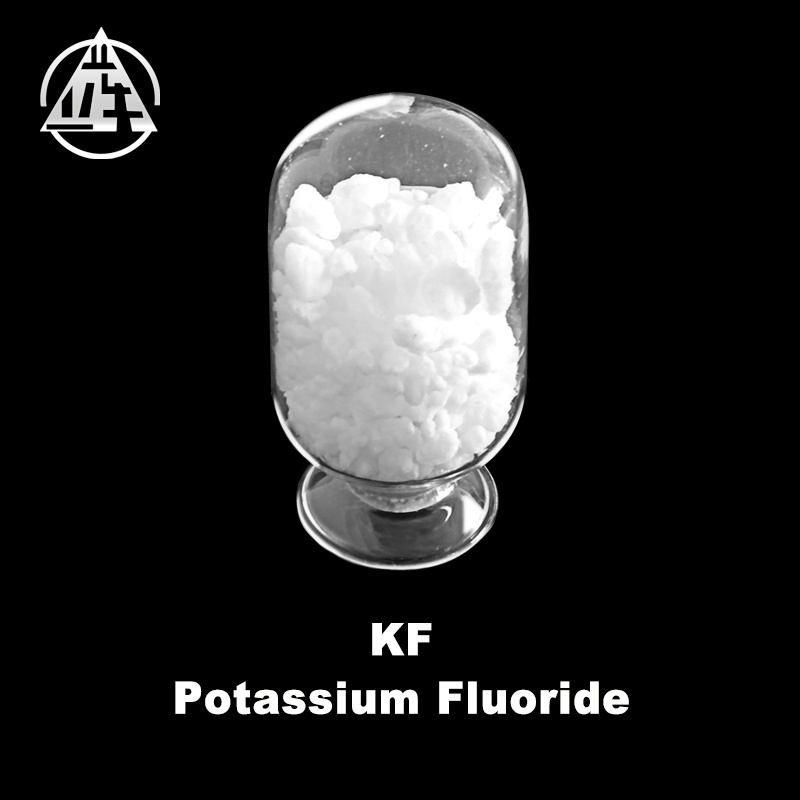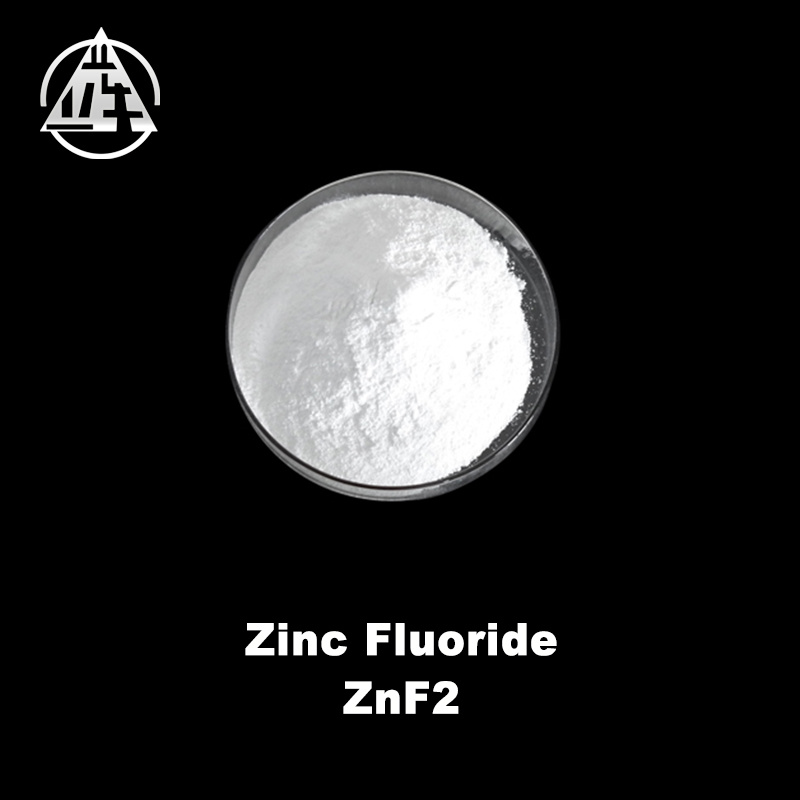Exploring the Properties of YAG Yttrium Aluminum Garnet: A Comprehensive Overview
Release Time:
2023-10-12
Table of Contents: 1. Introduction to YAG Yttrium Aluminum Garnet 2. Crystal Structure and Composition of YAG 3. Optical Properties of YAG 4. Thermal and Mechanical Properties of YAG 5. Applications of YAG in Various Industries 6. FAQs about YAG Yttrium Aluminum Garnet 7. Conclusion 1. Introduction to YAG Yttrium Aluminum Garnet YAG Yttrium Aluminum Garnet is a synthetic crystalline material with
Table of Contents:
1. Introduction to YAG Yttrium Aluminum Garnet
2. Crystal Structure and Composition of YAG
3. Optical Properties of YAG
4. Thermal and Mechanical Properties of YAG
5. Applications of YAG in Various Industries
6. FAQs about YAG Yttrium Aluminum Garnet
7. Conclusion
YAG Yttrium Aluminum Garnet is a synthetic crystalline material with a wide range of unique properties and applications. In this comprehensive guide, we will delve into the various aspects of YAG, including its crystal structure, optical properties, thermal and mechanical characteristics, and its applications across different industries.
YAG Yttrium Aluminum Garnet belongs to the garnet family of minerals and possesses a cubic crystal structure. Its chemical formula is Y3Al5O12, comprising yttrium (Y), aluminum (Al), and oxygen (O) atoms. The crystal lattice of YAG is highly symmetrical, contributing to its remarkable properties.
YAG is predominantly composed of yttrium, aluminum, and oxygen atoms, arranged in a specific pattern within its crystal structure. The precise stoichiometry of YAG ensures the stability and consistent properties of this material, making it highly sought after in various industries.
The cubic crystal structure of YAG offers several advantages, including excellent optical transparency, high thermal conductivity, and exceptional mechanical strength. This unique arrangement of atoms allows YAG to exhibit remarkable properties that make it valuable for a wide range of applications.
The optical properties of YAG play a crucial role in its widespread use across different industries. YAG exhibits excellent optical transparency in the visible and infrared regions of the electromagnetic spectrum. This transparency, coupled with its high refractive index, allows YAG to be used in numerous optical applications, including lasers, lenses, and windows.
YAG has a broad transparency range, extending from ultraviolet (UV) to near-infrared (NIR) wavelengths. This unique optical property enables YAG to transmit light efficiently, making it ideal for optical components requiring high clarity and minimal light absorption.
With a high refractive index, YAG is capable of refracting light at sharp angles, contributing to its usefulness in various optical devices. The precise control over the refractive index of YAG allows for the design and fabrication of lenses, prisms, and other optical elements with exceptional performance.
Apart from its outstanding optical properties, YAG also exhibits remarkable thermal and mechanical characteristics, making it a versatile material for demanding applications.
YAG possesses excellent thermal conductivity, making it highly effective in dissipating heat. This property is crucial in laser systems, where efficient heat dissipation ensures stable operation and prolongs the lifespan of the laser. YAG's high thermal conductivity also makes it suitable for use in heat sinks, thermal barriers, and other thermal management applications.
YAG demonstrates exceptional mechanical strength, allowing it to withstand significant external forces without deformation or fracture. This property makes YAG highly desirable for applications that require robust and durable materials, such as cutting tools, wear-resistant components, and protective windows.
The unique properties of YAG enable its utilization in diverse industries. Here are some notable applications of YAG:
YAG is widely used as a laser gain medium, particularly in solid-state lasers. Its excellent optical and thermal properties make it suitable for various laser applications, including laser cutting, welding, engraving, and medical laser systems. YAG's transparency and refractive index also make it valuable for optics, such as lenses, prisms, and light guides.
YAG is employed in phosphor materials, which convert blue light emitted by light-emitting diodes (LEDs) into white light in lighting applications. YAG-based phosphors provide high color rendering index (CRI) and energy-efficient lighting solutions. YAG is also used in display technologies, enhancing color purity and brightness in liquid crystal displays (LCDs) and plasma display panels (PDPs).
YAG's exceptional mechanical strength and thermal conductivity make it suitable for aerospace and defense applications. It is utilized in protective windows for aircraft, missile domes, and sensor housings. YAG's transparency to infrared radiation enables its use in infrared windows for thermal imaging systems and missile seekers.
YAG Yttrium Aluminum Garnet is a synthetic crystalline material with a cubic crystal structure, composed of yttrium, aluminum, and oxygen atoms.
YAG exhibits excellent optical transparency, high refractive index, remarkable thermal conductivity, and exceptional mechanical strength.
YAG finds applications in lasers, optics, lighting, displays, aerospace, defense, and more.
Yes, YAG demonstrates exceptional mechanical strength, making it highly durable and suitable for demanding applications.
YAG has a high melting point and excellent thermal conductivity, allowing it to withstand high temperatures without degradation.
In conclusion, YAG Yttrium Aluminum Garnet is a versatile material with a range of exceptional properties. Its unique crystal structure, excellent optical transparency, thermal conductivity, and mechanical strength make it a highly sought-after material in various industries. From lasers and optics to aerospace and defense, YAG's applications are vast and diverse. By understanding the properties and capabilities of YAG, we can unlock its full potential and explore new avenues for innovation and technological advancements.
1. Introduction to YAG Yttrium Aluminum Garnet
2. Crystal Structure and Composition of YAG
3. Optical Properties of YAG
4. Thermal and Mechanical Properties of YAG
5. Applications of YAG in Various Industries
6. FAQs about YAG Yttrium Aluminum Garnet
7. Conclusion
1. Introduction to YAG Yttrium Aluminum Garnet
YAG Yttrium Aluminum Garnet is a synthetic crystalline material with a wide range of unique properties and applications. In this comprehensive guide, we will delve into the various aspects of YAG, including its crystal structure, optical properties, thermal and mechanical characteristics, and its applications across different industries.
2. Crystal Structure and Composition of YAG
YAG Yttrium Aluminum Garnet belongs to the garnet family of minerals and possesses a cubic crystal structure. Its chemical formula is Y3Al5O12, comprising yttrium (Y), aluminum (Al), and oxygen (O) atoms. The crystal lattice of YAG is highly symmetrical, contributing to its remarkable properties.
2.1 Composition of YAG
YAG is predominantly composed of yttrium, aluminum, and oxygen atoms, arranged in a specific pattern within its crystal structure. The precise stoichiometry of YAG ensures the stability and consistent properties of this material, making it highly sought after in various industries.
2.2 Crystal Structure of YAG
The cubic crystal structure of YAG offers several advantages, including excellent optical transparency, high thermal conductivity, and exceptional mechanical strength. This unique arrangement of atoms allows YAG to exhibit remarkable properties that make it valuable for a wide range of applications.
3. Optical Properties of YAG
The optical properties of YAG play a crucial role in its widespread use across different industries. YAG exhibits excellent optical transparency in the visible and infrared regions of the electromagnetic spectrum. This transparency, coupled with its high refractive index, allows YAG to be used in numerous optical applications, including lasers, lenses, and windows.
3.1 Transparency Range of YAG
YAG has a broad transparency range, extending from ultraviolet (UV) to near-infrared (NIR) wavelengths. This unique optical property enables YAG to transmit light efficiently, making it ideal for optical components requiring high clarity and minimal light absorption.
3.2 Refractive Index of YAG
With a high refractive index, YAG is capable of refracting light at sharp angles, contributing to its usefulness in various optical devices. The precise control over the refractive index of YAG allows for the design and fabrication of lenses, prisms, and other optical elements with exceptional performance.
4. Thermal and Mechanical Properties of YAG
Apart from its outstanding optical properties, YAG also exhibits remarkable thermal and mechanical characteristics, making it a versatile material for demanding applications.
4.1 Thermal Conductivity of YAG
YAG possesses excellent thermal conductivity, making it highly effective in dissipating heat. This property is crucial in laser systems, where efficient heat dissipation ensures stable operation and prolongs the lifespan of the laser. YAG's high thermal conductivity also makes it suitable for use in heat sinks, thermal barriers, and other thermal management applications.
4.2 Mechanical Strength of YAG
YAG demonstrates exceptional mechanical strength, allowing it to withstand significant external forces without deformation or fracture. This property makes YAG highly desirable for applications that require robust and durable materials, such as cutting tools, wear-resistant components, and protective windows.
5. Applications of YAG in Various Industries
The unique properties of YAG enable its utilization in diverse industries. Here are some notable applications of YAG:
5.1 Lasers and Optics
YAG is widely used as a laser gain medium, particularly in solid-state lasers. Its excellent optical and thermal properties make it suitable for various laser applications, including laser cutting, welding, engraving, and medical laser systems. YAG's transparency and refractive index also make it valuable for optics, such as lenses, prisms, and light guides.
5.2 Lighting and Display
YAG is employed in phosphor materials, which convert blue light emitted by light-emitting diodes (LEDs) into white light in lighting applications. YAG-based phosphors provide high color rendering index (CRI) and energy-efficient lighting solutions. YAG is also used in display technologies, enhancing color purity and brightness in liquid crystal displays (LCDs) and plasma display panels (PDPs).
5.3 Aerospace and Defense
YAG's exceptional mechanical strength and thermal conductivity make it suitable for aerospace and defense applications. It is utilized in protective windows for aircraft, missile domes, and sensor housings. YAG's transparency to infrared radiation enables its use in infrared windows for thermal imaging systems and missile seekers.
6. FAQs about YAG Yttrium Aluminum Garnet
6.1 What is YAG Yttrium Aluminum Garnet?
YAG Yttrium Aluminum Garnet is a synthetic crystalline material with a cubic crystal structure, composed of yttrium, aluminum, and oxygen atoms.
6.2 What are the key properties of YAG?
YAG exhibits excellent optical transparency, high refractive index, remarkable thermal conductivity, and exceptional mechanical strength.
6.3 What are the main applications of YAG?
YAG finds applications in lasers, optics, lighting, displays, aerospace, defense, and more.
6.4 Is YAG a durable material?
Yes, YAG demonstrates exceptional mechanical strength, making it highly durable and suitable for demanding applications.
6.5 Can YAG handle high temperatures?
YAG has a high melting point and excellent thermal conductivity, allowing it to withstand high temperatures without degradation.
7. Conclusion
In conclusion, YAG Yttrium Aluminum Garnet is a versatile material with a range of exceptional properties. Its unique crystal structure, excellent optical transparency, thermal conductivity, and mechanical strength make it a highly sought-after material in various industries. From lasers and optics to aerospace and defense, YAG's applications are vast and diverse. By understanding the properties and capabilities of YAG, we can unlock its full potential and explore new avenues for innovation and technological advancements.



